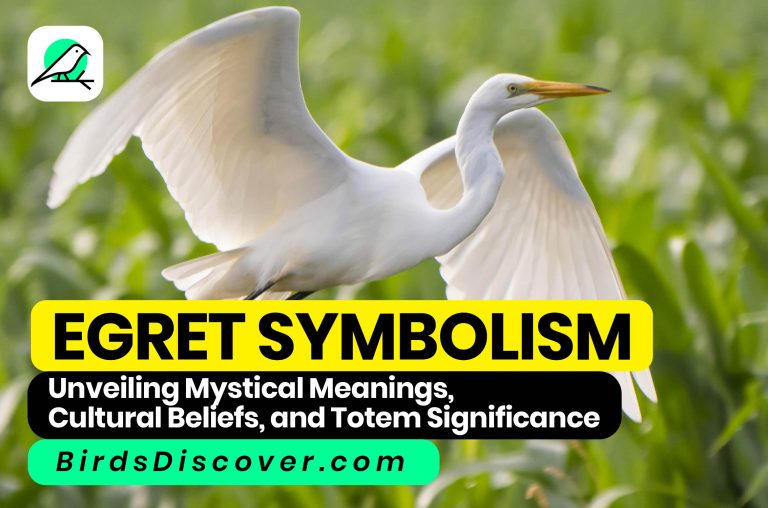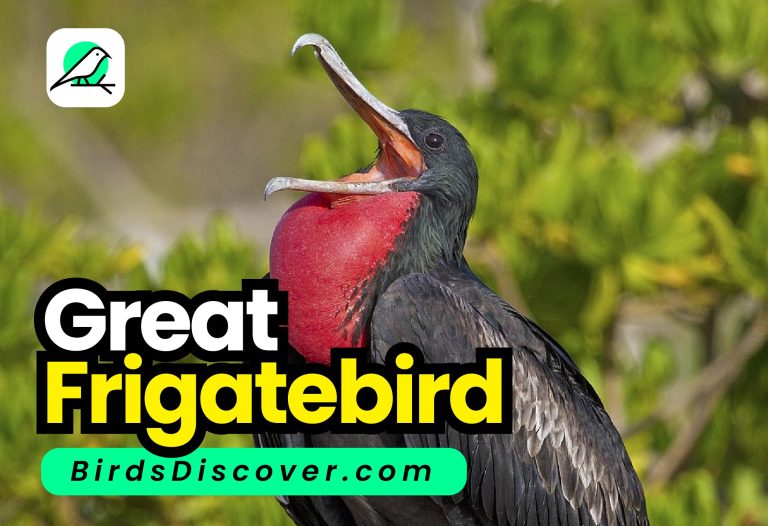Great Hornbill (Buceros bicornis): Exploring Its World

They thrive in dense forests, often nesting in tree cavities, which provides protection for their young.
These birds are known for their loud calls and social interactions, making them fascinating to observe.
Threatened by deforestation and hunting, efforts are underway to preserve their habitats and populations.
Great Hornbill
Great Hornbill (Buceros bicornis) is an impressive and large bird native to the tropical forests of Southeast Asia. Renowned for its striking appearance, it features a massive, colorful casque atop its beak and vibrant plumage with black and white contrasts. These hornbills play a crucial role in their ecosystems as seed dispersers, aiding in forest regeneration. They are also known for their unique nesting behavior; the female is sealed inside a tree cavity during breeding, with the male providing food through a narrow slit. The Great Hornbill’s ultimate beauty and ecological importance make it a remarkable subject for avian enthusiasts.
Scientific Classification
| Rank | Classification |
|---|---|
| Kingdom | Animalia |
| Phylum | Chordata |
| Class | Aves |
| Order | Bucerotiformes |
| Family | Bucerotidae |
| Genus | Buceros |
| Species | Buceros bicornis |
Great Hornbill Sound
Summary
The Great Hornbill (Buceros bicornis) is a large, striking bird found in Southeast Asian forests, distinguished by its impressive casque and vibrant plumage. As a vital seed disperser, it helps maintain the health of its habitat. Its unique breeding behavior involves the female being enclosed in a tree cavity while the male feeds her through a small opening. This species is celebrated for its ecological role and dramatic appearance.

Species in same Genus
Within the genus Buceros, other species include:
- Rhinoceros Hornbill (Buceros rhinoceros)
- Wreathed Hornbill (Buceros vulturinus)
- Trumpet Hornbill (Buceros camur)
Taxonomy
- Kingdom: Animalia
- Phylum: Chordata
- Class: Aves
- Order: Bucerotiformes
- Family: Bucerotidae
- Genus: Buceros
- Species: Buceros bicornis
Distribution and Habitat
The Great Hornbill is primarily found in the tropical forests of Southeast Asia, including parts of India, Thailand, Malaysia, and Indonesia. It inhabits dense, evergreen rainforests and lowland forests, where it prefers tall, mature trees for nesting and foraging. This bird thrives in areas with abundant fruiting trees, which are essential for its diet and ecological role.
Food and Feeding
The Great Hornbill (Buceros bicornis) has a varied diet and unique feeding habits. Here’s an overview:
- Diet:
- Fruits: The majority of their diet consists of fruits, especially from large trees such as figs and other fleshy fruits.
- Insects: They eat a range of insects, including beetles, ants, and termites.
- Small Animals: Occasionally, they consume small vertebrates like lizards and small mammals.
- Nestlings: During the breeding season, they may eat nestlings of other birds, and in some cases, they might consume small prey.
- Feeding Habits:
- Foraging: They primarily forage in the canopy of tropical forests, using their strong beaks to pick fruit and other food items.
- Social Feeding: They often feed in pairs or small groups, sometimes seen engaging in cooperative foraging.
- Territoriality: Great Hornbills are territorial and may defend their feeding grounds from other hornbills.
Their role as seed dispersers is vital, as they help propagate various tree species by eating and excreting seeds.
Breeding
The breeding of Great Hornbills (Buceros bicornis) involves distinctive and fascinating behaviors:
- Nesting:
- Tree Cavities: Great Hornbills nest in large, natural tree cavities or sometimes in man-made structures. The female selects the nest site, which is usually a high, secure cavity in a large tree.
- Sealing Off: Once the female is inside the nest cavity, she seals the entrance with a mix of mud, droppings, and food, leaving only a narrow slit open for the male to feed her and the chicks.
- Incubation and Rearing:
- Incubation: The female incubates the eggs and cares for the chicks while sealed inside the cavity. She remains inside for the entire incubation period, which lasts about 40 days.
- Feeding: The male provides food through the slit, which can include fruits, insects, and small animals. He also ensures that the female and chicks are well-fed.
- Chick Development:
- Fledging: Once the chicks are ready to fledge, the female breaks out of the cavity and helps them leave the nest. The fledging period varies, but it generally takes about 70-90 days from hatching to the chicks’ first flight.
- Post-Breeding:
- Family Bonding: After the young fledge, the family may stay together for a while before the juveniles become independent. This extended family period helps the young learn vital survival skills.
The complex breeding behavior of the Great Hornbill, including the sealing of the nest and cooperative parenting, highlights the species’ adaptation to its forest environment and its commitment to raising its young.

Breeding Vocalizations
Great Hornbills (Buceros bicornis) have distinctive vocalizations during the breeding season. Here are key aspects of their breeding vocalizations:
- Courtship Calls: Males perform elaborate calls and displays to attract females, which include deep, resonant booming sounds and a series of rhythmic claps made by their beaks.
- Nest Communication: While the female is sealed inside the nest cavity, both the male and female use a range of vocalizations to communicate. The male’s calls can include loud, repetitive sounds to signal his presence and attract the female’s attention.
- Chick Calls: Once the chicks hatch, they produce high-pitched, repetitive calls to beg for food from the male, who responds with his own vocalizations while delivering nourishment.
These vocalizations play a crucial role in maintaining communication between mates and coordinating the care of the young during the nesting period.
Roosting:
- Roosting Sites: Great Hornbills roost in large trees within their forest habitat, often choosing high branches for safety and vantage points.
- Social Behavior: They may roost in small groups or pairs, especially outside of the breeding season, to stay safe from predators and maintain social bonds.
Threats:
- Habitat Loss: Deforestation and habitat destruction due to logging and agricultural expansion are significant threats, reducing their available living space and food sources.
- Hunting: They are hunted for their casques, feathers, and for bushmeat in some regions.
- Climate Change: Changes in climate can alter their habitat and food availability, impacting their survival and reproduction.
Conservation efforts are crucial to mitigate these threats and protect their habitats.
Great Hornbills
Conservation efforts for Great Hornbills focus on several key areas:
- Habitat Protection: Establishing and maintaining protected areas and forest reserves to safeguard their natural habitats from deforestation and encroachment.
- Anti-Poaching Measures: Enforcing laws against hunting and trade of hornbill parts to reduce illegal activities affecting their populations.
- Community Engagement: Involving local communities in conservation programs to raise awareness and promote sustainable practices that benefit both people and wildlife.
- Research and Monitoring: Conducting studies to monitor population trends, habitat conditions, and the effects of climate change, which help inform effective conservation strategies.
These combined efforts aim to ensure the long-term survival of Great Hornbills and their ecosystems.

In Captivity
In captivity, Great Hornbills (Buceros bicornis) face unique challenges and opportunities. Here’s an overview of their situation in controlled environments:
- Enclosure Requirements:
- Space: They require large, enriched enclosures that simulate their natural forest habitat, including tall trees and ample space for flying.
- Enrichment: Providing environmental enrichment, such as foraging opportunities and complex structures, is crucial for their physical and psychological well-being.
- Diet:
- Nutrition: Their diet in captivity must closely mimic their natural diet, including a variety of fruits, insects, and occasional small animals, to ensure proper nutrition and health.
- Feeding Behavior: Keepers often need to replicate the foraging and feeding behaviors they would exhibit in the wild to prevent boredom and stress.
- Breeding:
- Nesting: Captive breeding programs may involve specially designed nesting boxes that replicate natural tree cavities, allowing for the unique breeding behavior of sealing the female inside.
- Monitoring: Breeding pairs are carefully monitored to support successful reproduction and chick rearing.
- Health and Welfare:
- Veterinary Care: Regular health check-ups and medical care are essential to address any health issues that arise in captivity.
- Socialization: Managing social interactions and potential aggression among individuals is important to maintain harmony in groups or pairs.
- Conservation and Education:
- Awareness: Zoos and wildlife centers use Great Hornbills to educate the public about their conservation status and the threats they face in the wild.
- Research: Captivity provides opportunities for scientific research that can aid in the conservation of wild populations by improving understanding of their biology and behavior.
Overall, while captivity can offer protection and opportunities for breeding, it requires careful management to ensure the well-being of Great Hornbills and to contribute to broader conservation goals.
In culture
In various cultures across Southeast Asia, Great Hornbills hold significant cultural and symbolic value:
- Mythology and Folklore: In some cultures, Great Hornbills are featured in local myths and legends, often symbolizing strength, longevity, and spiritual protection. They are sometimes seen as messengers or divine creatures in traditional stories.
- Art and Symbolism: The bird’s distinctive casque and vibrant plumage make it a popular motif in local art, including carvings, paintings, and textiles. Its image is often used in traditional crafts and ceremonies.
- Ceremonial Use: In certain indigenous cultures, hornbill feathers and casques are used in ceremonial headdresses and adornments, reflecting their high status and importance in ritualistic practices.
- Conservation Symbol: The Great Hornbill also serves as a symbol for wildlife conservation efforts, representing the broader challenges of protecting biodiversity and forest ecosystems in the region.
These cultural connections highlight the deep appreciation and reverence for Great Hornbills within local traditions and their role in representing natural heritage.

Use as a Symbol
Great Hornbills are used as symbols in various ways:
National Emblems: In some countries, they are featured in national symbols or wildlife protection programs, reflecting their importance in local heritage and ecology.
Cultural Symbols: They represent strength, protection, and longevity in many Southeast Asian cultures, often appearing in traditional art and ceremonies.
Conservation Icons: They symbolize the broader struggle for forest conservation and biodiversity protection, raising awareness about environmental issues.
Common Names in Different Languages
| Language | Common Name |
|---|---|
| English | Great Hornbill |
| Hindi | महान चूचू (Mahan Choochoo) |
| Tamil | மண்டையில்அறை (Maṇṭaiyil Ara) |
| Malay | Enggang Besar |
| Thai | นกเงือกใหญ่ (Nok Ngueak Yai) |
| Chinese | 大犀鸟 (Dà xī niǎo) |
| Indonesian | Burung Enggang Besar |
FAQS
What do Great Hornbills eat?
Great Hornbills primarily eat fruits, but they also consume insects, small animals, and occasionally other birds.
Where can you find Great Hornbills?
They are found in the tropical forests of Southeast Asia, including parts of India, Thailand, Malaysia, and Indonesia.
How do Great Hornbills breed?
The female is sealed inside a tree cavity during nesting, and the male feeds her through a narrow slit until the chicks are ready to fledge.
What threats do Great Hornbills face?
Major threats include habitat loss due to deforestation, hunting, and climate change.
Are Great Hornbills endangered?
They are classified as Near Threatened by the IUCN due to habitat loss and other pressures, though they are not currently listed as Endangered.







